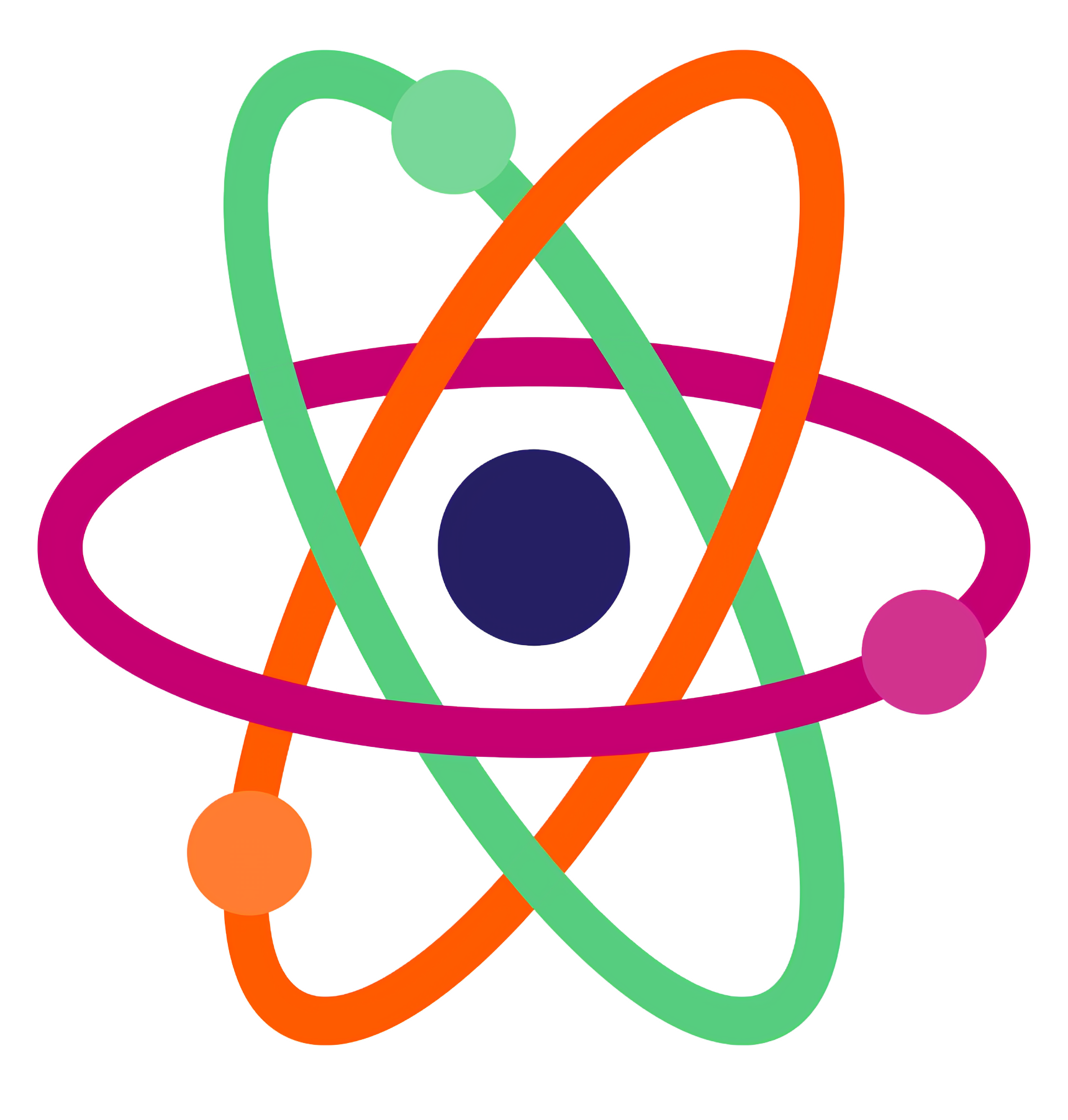1. Curiosity About Nature
Once, I saw a bright rainbow in the sky after rain and felt very curious about how it appeared. I asked, “Why does a rainbow have so many colours?” and “Where does it come from?” To find answers, I looked in my science book and learned that sunlight splits into colours when it passes through raindrops. I also asked my teacher, who explained it like a prism making a colourful band. This made me excited to watch the sky and learn more about nature, just like the document says curiosity helps us understand the world.
2. Observing a Plant
As a scientist in my garden, I observe a small rose plant with soft, green leaves and a sweet-smelling red flower. I hear bees buzzing around it and smell the fresh scent of the petals. The plant’s leaves are shiny, and I see tiny buds growing, ready to bloom. Watching the plant grow taller each week makes me happy, and the document reminds me that observing with my eyes, ears, and nose helps me learn about nature.
3. Favorite Home Experiment
My favorite experiment is testing if a seed grows better with water. First, I take two pots with soil and put a bean seed in each. Then, I water one pot every day but leave the other dry. After a week, I check if the seeds sprout. I might learn that water is important for plants to grow strong, as the document says experiments help us discover how things work, and this one is fun to do at home!
4. A River’s Tale
I read about the Ganga River, which looks sparkling and blue when clean, with fish swimming happily. When it’s dirty, it turns brown with rubbish floating, making it sad to see. Clean water is important because people drink it, animals live in it, and plants need it to grow, as the document explains. A clean river keeps everyone healthy and makes the environment beautiful, so we must keep it safe.
5. Honeybees’ Teamwork
Honeybees work together to make honey, as I learned in “Looking Around.” They fly to flowers, collect sweet nectar, and bring it to their hive. In the hive, they share the work—some bees store nectar, others turn it into honey. This teamwork is important because it helps them make enough honey to eat, as the document says. Watching bees buzz together makes me see how everyone’s job matters in a team.
6. Animal’s Special Features
In “Ear to Ear,” I read about a rabbit with long, floppy ears that help it survive. Its ears hear faraway sounds, like a dog barking, so it can run to safety. The rabbit’s soft, white fur keeps it warm, and its strong legs help it hop fast. The document says these special features help animals live in their homes, and I think it’s amazing how a rabbit’s ears are like its own alarm system!
7. Observing as a Farmer
As a farmer like in “Basva’s Farm,” I observe the soil in my field, which is dark and wet, perfect for growing rice. I see the sky is sunny with some clouds, good for my crops to grow strong. The document says watching the soil and weather helps farmers know when to plant wheat or rice. I feel proud checking my field every day, knowing my careful observations will help my crops feed many people.
8. Solving a Problem
Once, I helped sort waste at home, like in “Taking Charge of Waste.” I separated plastic bottles, paper, and food scraps into different bins. By recycling the plastic and paper, I made the environment better because less waste went to the landfill. The document says solving problems like waste helps keep our surroundings clean, and I felt happy knowing my small actions made my home tidier and safer.
9. Stars and Science
At night, I see twinkling stars scattered across the dark sky, some bright and some tiny, like sparkles. Science helps us understand stars because it tells us they are huge balls of hot gas, far away in space, as the document explains. By studying stars, scientists learn how they shine and move, which makes looking at the sky feel like a big adventure, connecting me to the universe.
10. Becoming a Scientist
If I could be a scientist, I would study animals because I love watching birds and squirrels in my garden. I’d discover how they find food or build nests, which the document says is exciting to explore. For example, I’d watch how a sparrow chooses twigs for its nest. Studying animals would help me learn how to protect them, and I’d feel proud sharing my discoveries with my friends to make them love nature too.
